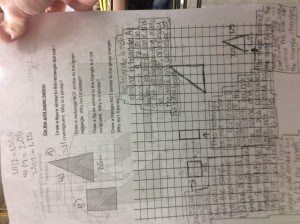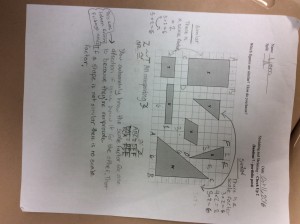My Time In Math
Throughout my year in math, I have had to adjust to Math X, figure out my best seating position, and learn how to best take notes, while also understanding the material being said. At first, I was a little surprised by the speed of Math X. I wasn’t sure if we were going too fast or two slow, but after being in class for almost three months, I have realized that it’s a perfect speed for me. I was also always focusing on my notes, vigorously taking neat notes, instead of focusing on the words being spoken to me. And lastly, I was always put in groups that moved to fast for me. For some reason, throughout the first few months of math, I was put in table groups that moved way to fast for me. Now, I take less notes, sit in table groups that work for me, and am comfortable with the speed of math!

